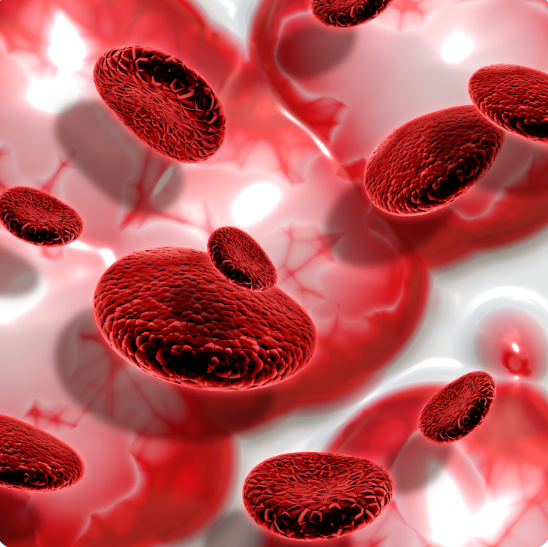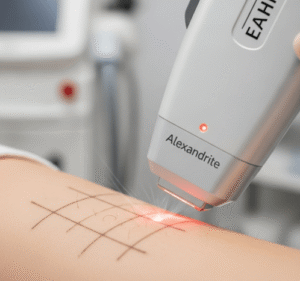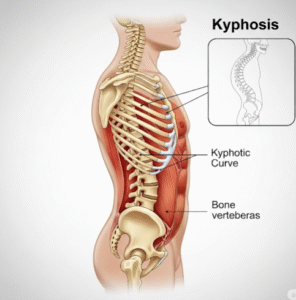Overview
Factor V Leiden thrombophilia is a genetic blood clotting disorder that increases the risk of forming abnormal blood clots in veins (venous thromboembolism). It is caused by a mutation in the Factor V gene, which makes the clotting protein resistant to inactivation. In Korea, this condition is considered rare, but awareness has grown among healthcare providers, especially in patients with a history of unexplained blood clots or family history of thrombosis. Korean hospitals provide diagnostic genetic testing, anticoagulation therapy, and specialized management for high-risk patients, including during pregnancy or surgery.
What is Factor V Leiden Thrombophilia?
Factor V Leiden thrombophilia is a hereditary condition caused by a mutation in the Factor V gene, making the clotting factor resistant to activated protein C (APC). This resistance increases the tendency for blood clots to form in veins. People with one copy of the mutation (heterozygous) have a moderate risk, while those with two copies (homozygous) have a significantly higher risk.
Symptoms
Many individuals are asymptomatic until a clot forms. Symptoms of a blood clot may include:
- Swelling, pain, and redness in a leg (deep vein thrombosis – DVT)
- Shortness of breath or chest pain (pulmonary embolism – PE)
- Recurrent miscarriages in pregnant women
- Pain and swelling in the arms or other veins (less common)
Causes
- Genetic mutation in the Factor V gene (inherited in an autosomal dominant pattern)
- Resistance to activated protein C, which normally regulates blood clotting
- Acquired risk factors can trigger clot formation in predisposed individuals
Risk Factors
- Family history of venous thromboembolism
- Pregnancy or use of oral contraceptives
- Prolonged immobility (surgery, long flights, hospitalization)
- Obesity
- Smoking
- Other clotting disorders (combined risk)
Complications
If untreated, Factor V Leiden thrombophilia can lead to:
- Deep vein thrombosis (DVT)
- Pulmonary embolism (PE), which can be life-threatening
- Recurrent miscarriages
- Chronic venous insufficiency or post-thrombotic syndrome
Prevention
- Avoid prolonged immobility – take breaks during long travel
- Maintain a healthy weight and lifestyle
- Quit smoking
- Medical prophylaxis during high-risk periods (e.g., surgery, pregnancy)
- Genetic counseling for families with known mutation
Treatment Options in Korea
Diagnosis
- Genetic testing to detect Factor V Leiden mutation
- Blood clotting tests including activated protein C resistance assay
- Ultrasound or imaging if clot is suspected
Medical Treatments
- Anticoagulants (blood thinners):
- Warfarin, heparin, or direct oral anticoagulants (DOACs)
- Low-dose aspirin in select cases
- Preventive anticoagulation during surgery, pregnancy, or immobilization
Surgical or Advanced Therapies
- Thrombectomy for severe clot cases (rare)
- Inferior vena cava (IVC) filter placement to prevent pulmonary embolism in high-risk patients
Rehabilitation and Support
- Regular monitoring of clotting parameters
- Education on recognizing symptoms of DVT or PE
- Lifestyle counseling to reduce risk factors













